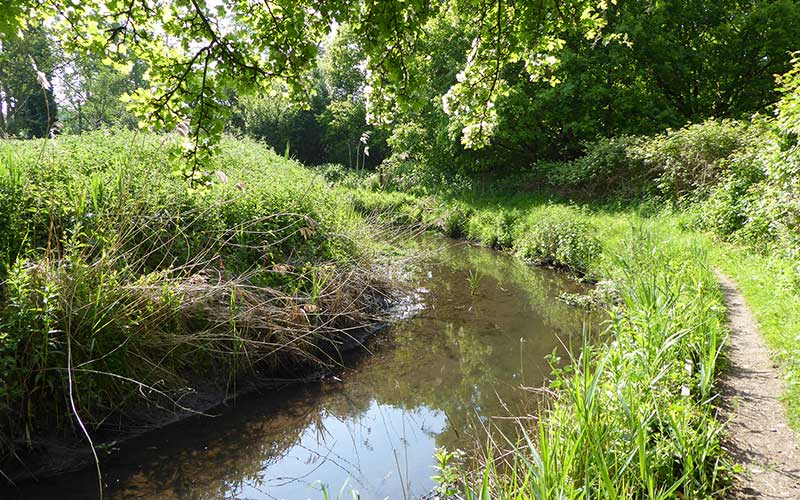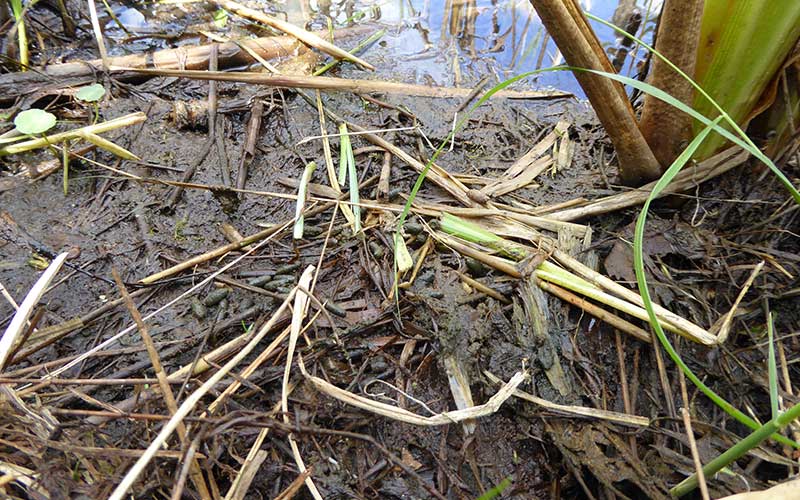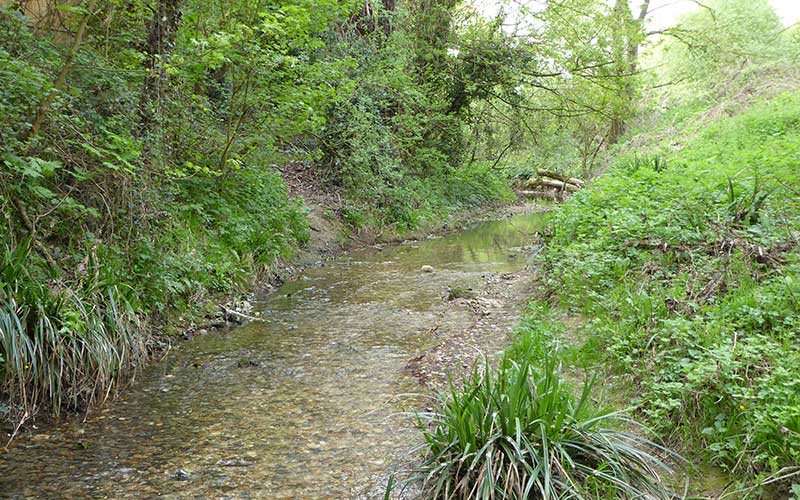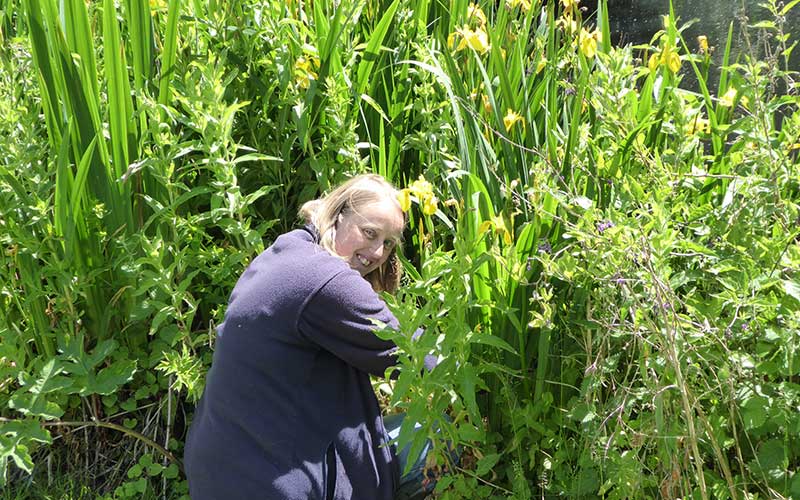Saving Suffolk’s water voles
Controlling American mink
The escapes of American mink from fur farms unleashed a voracious predator into our waterways. Highly skilled in the water, mink are smaller and more agile than their larger cousins, otters. They readily occupied a new niche and water voles have been suffering ever since. Water vole burrow entrances are small and often underwater, which gives them security from terrestrial predators such as stoat and larger aquatic predators such as otter. Unfortunately, mink swim really well and the females are slight enough to follow water voles into their burrows. The only way to tackle the issue is to trap mink and try to remove them from entire watercourses.

Low numbers but it’s still good news
PTES recently provided funds for Suffolk Wildlife Trust to see what impact 15 years of mink trapping has had on their water voles. The team found evidence of water voles at 63 sites of the 136 surveyed. This is exactly the same level of water vole evidence that was found in an earlier survey, carried out in 1997/98. Whilst it is disappointing that the number of sites where water voles are still found has not increased, it is actually good news that it hasn’t decreased. In 1997 mink were not widespread throughout the county, but following their increase water vole numbers dropped considerably leading wildlife groups to encourage landowners to start mink trapping. Since then water voles numbers have recovered to previous levels. However, the evidence shows that Suffolk’s water voles are still vulnerable and that mink are still present, albeit at lower numbers, on every river catchment surveyed.

Telltale signs of water voles – droppings and characteristically nibbled vegetation 
River bank in Suffolk 
Alison surveying
Gathering vital evidence
Promisingly, this work has provided the evidence for a more concerted effort in Suffolk. Landowners wishing to continue, or join in the effort, are being provided with help and equipment. A new database means that efforts can be overseen and coordinated more strategically on a regional level. The Anglian Region Mink Control Partnership is now working across three counties and, funding permitting, planning to work towards a mink free zone. The Suffolk Wildlife Trust team send their thanks to you, our supporters, for enabling them to gather this vital evidence and help them work towards a better future for their water voles.
